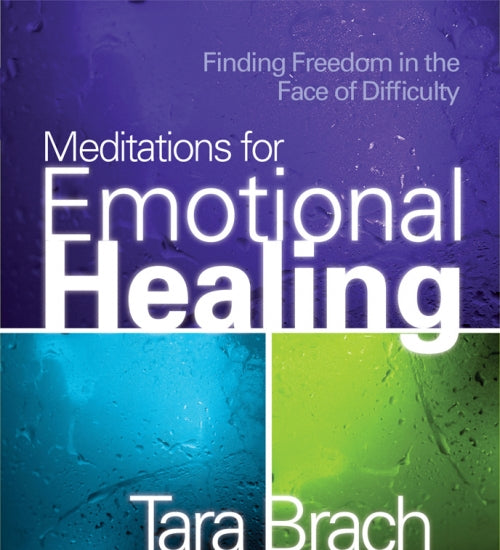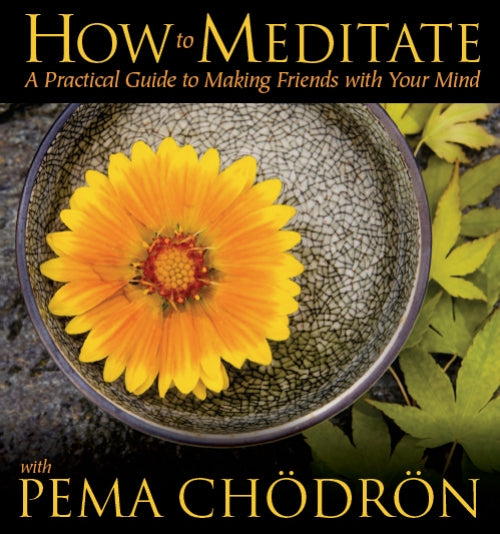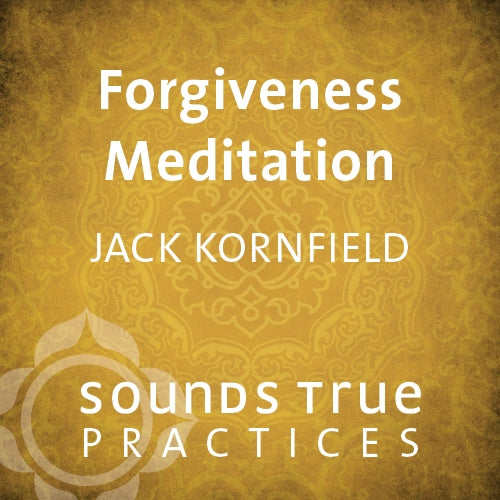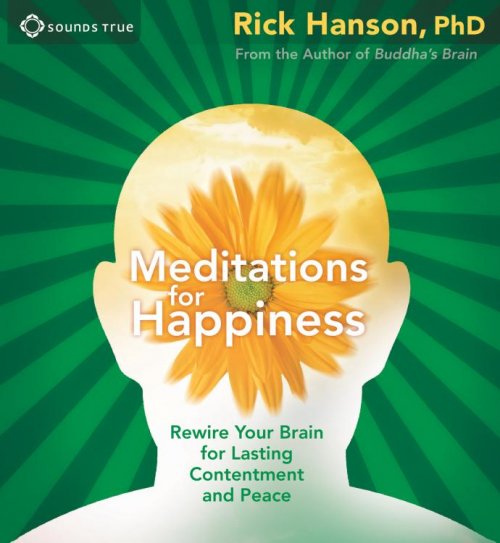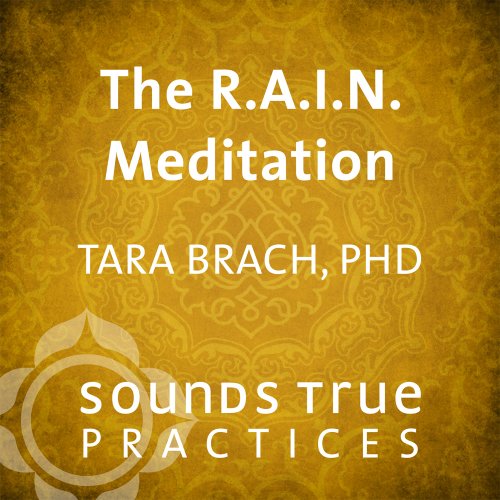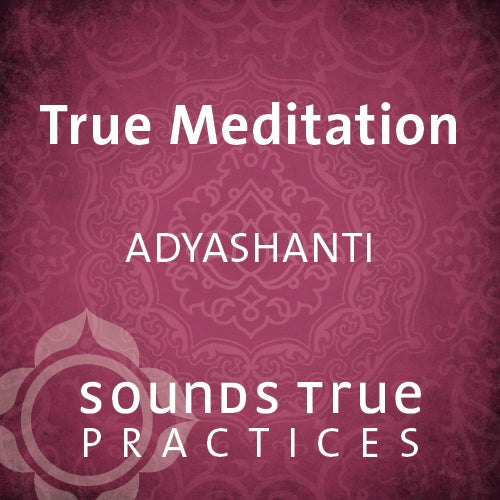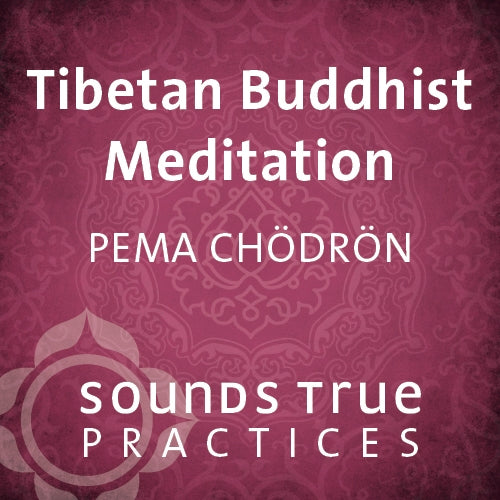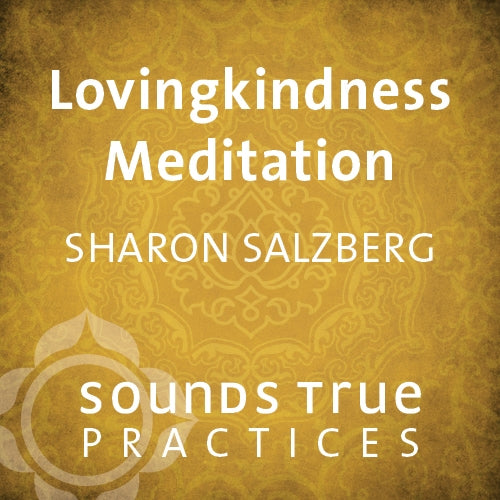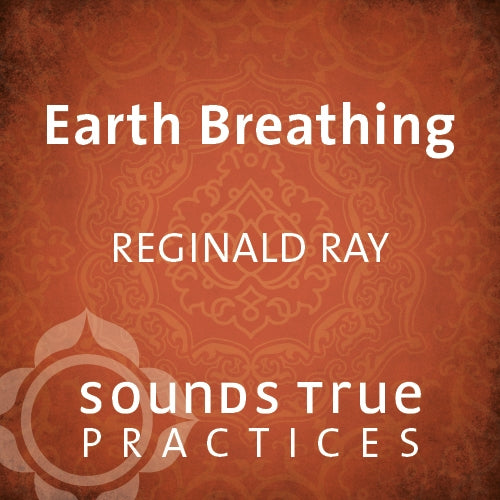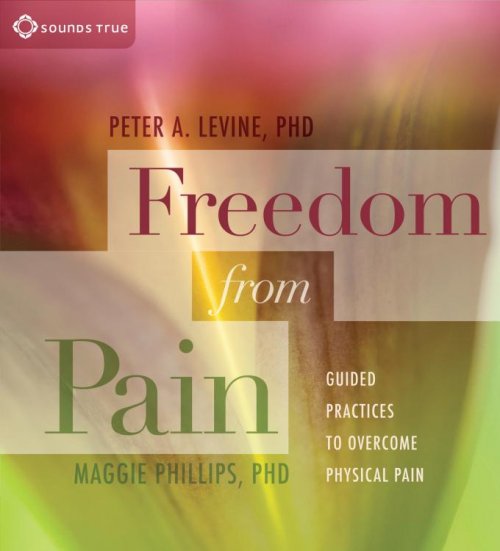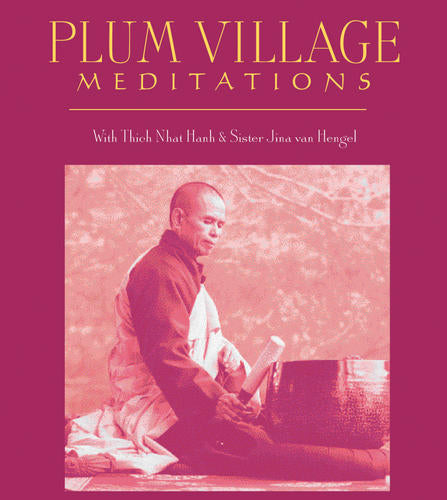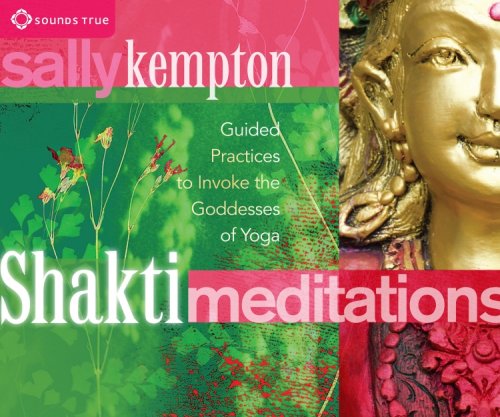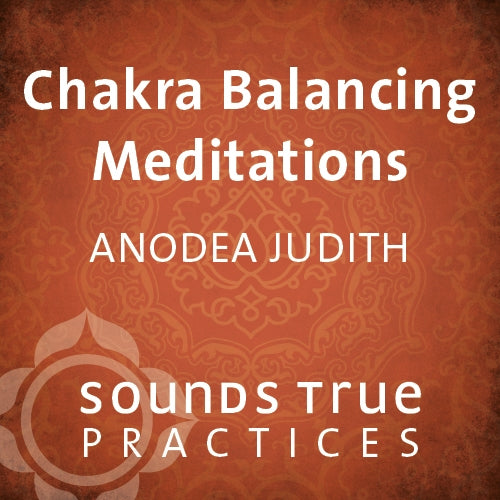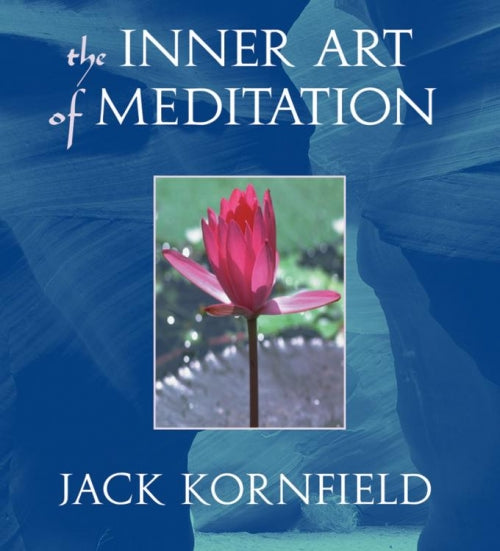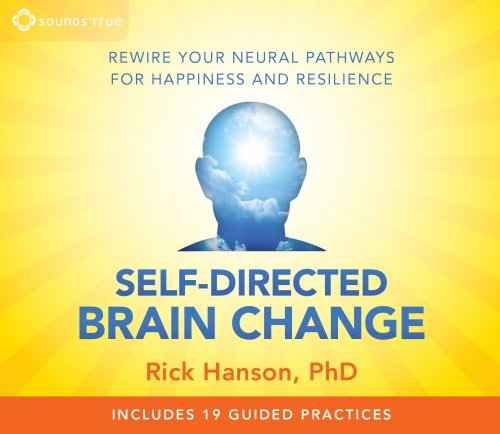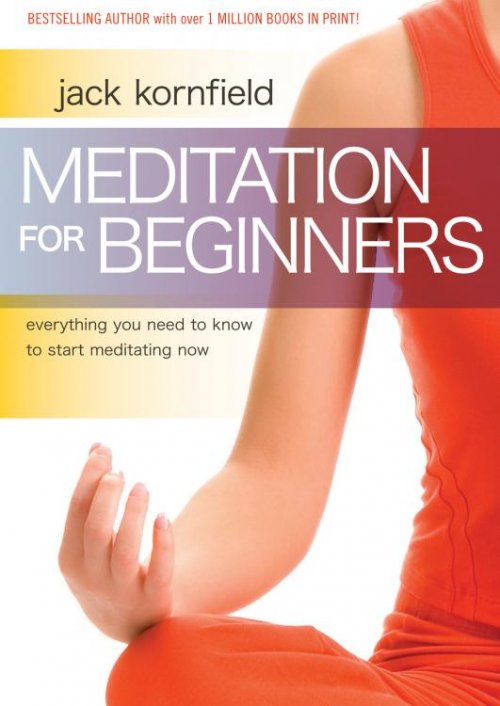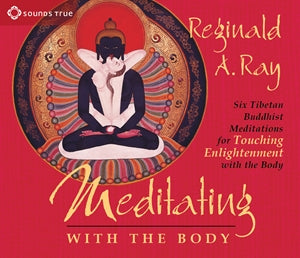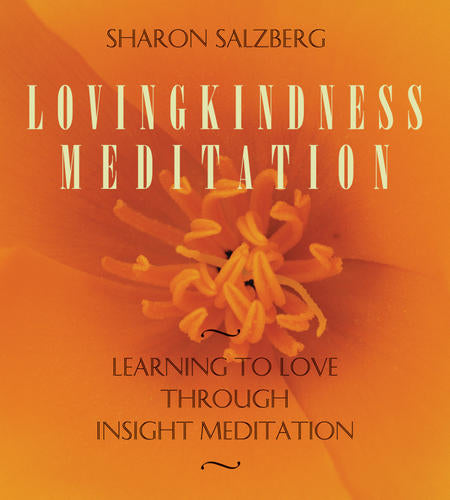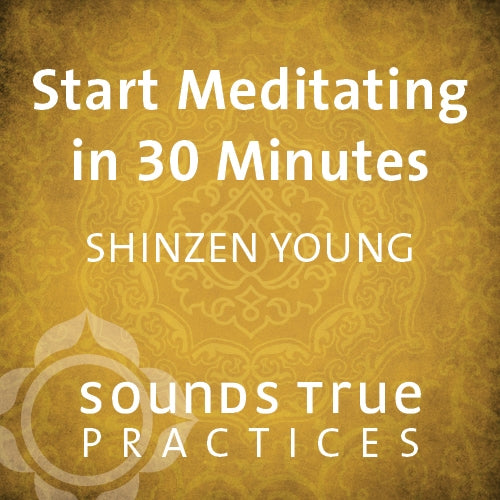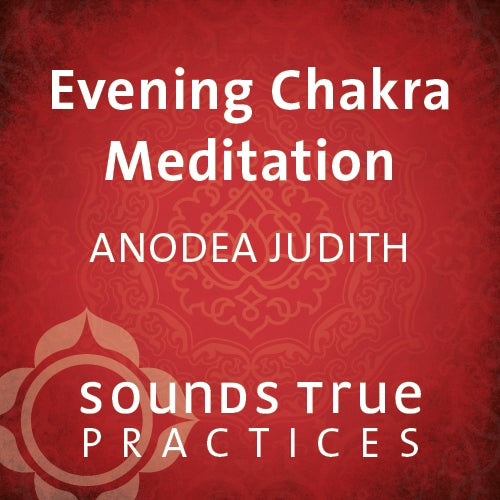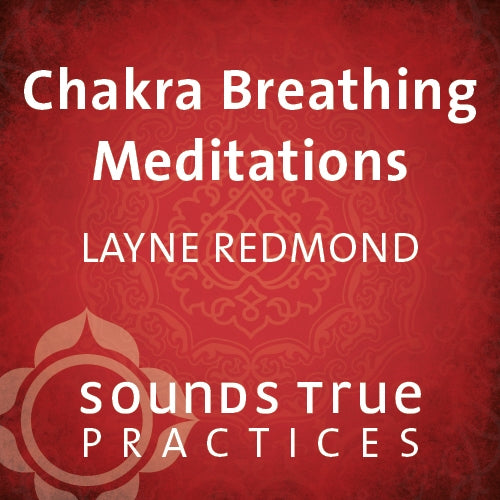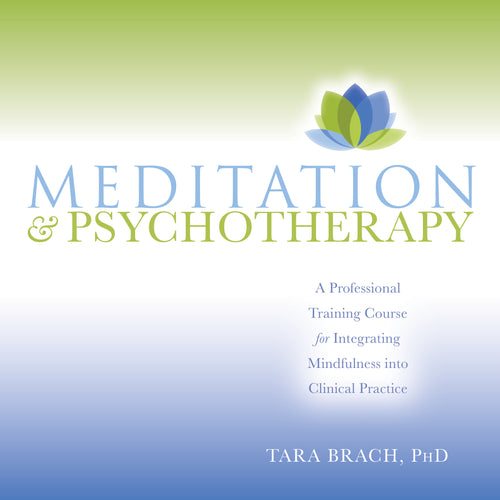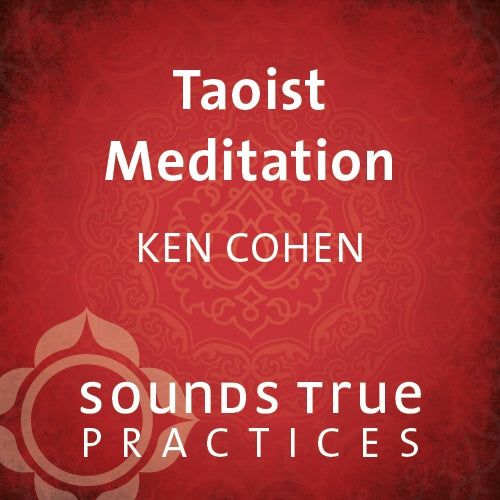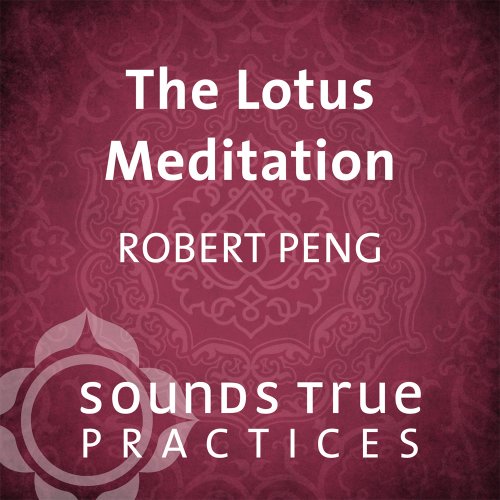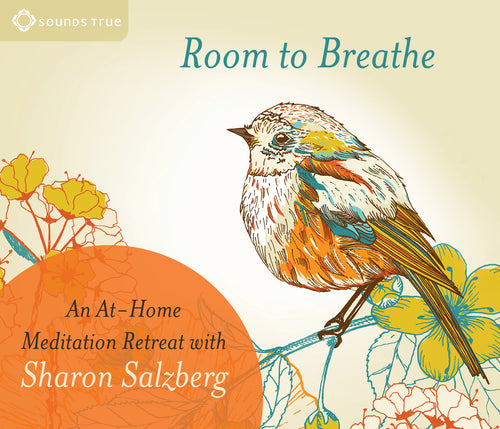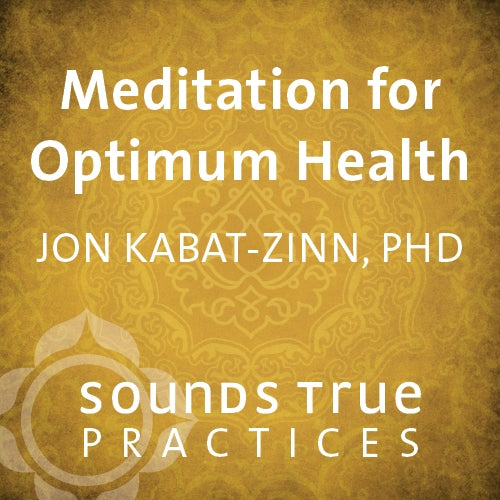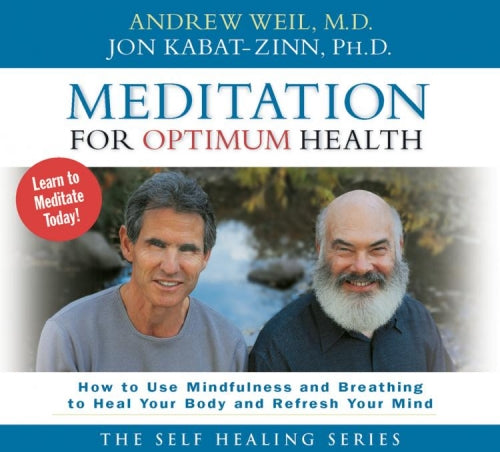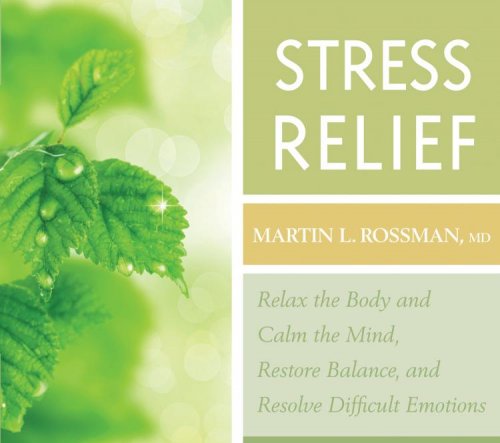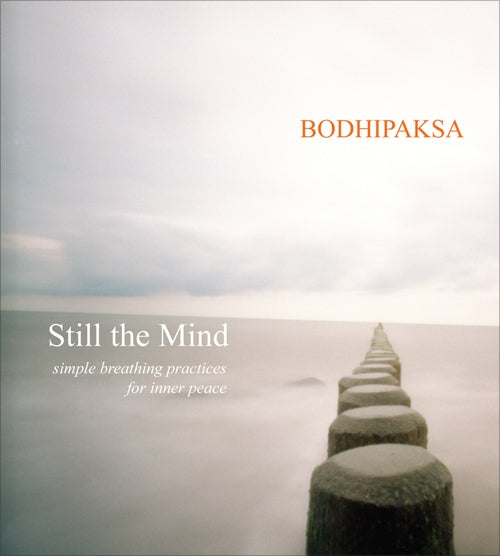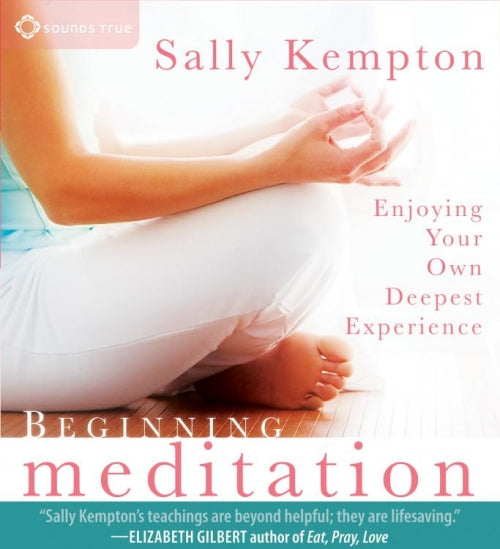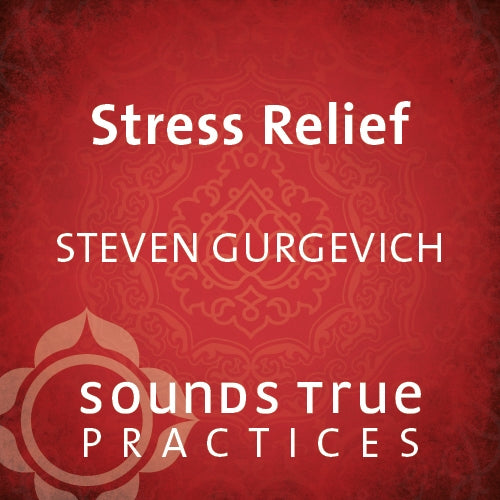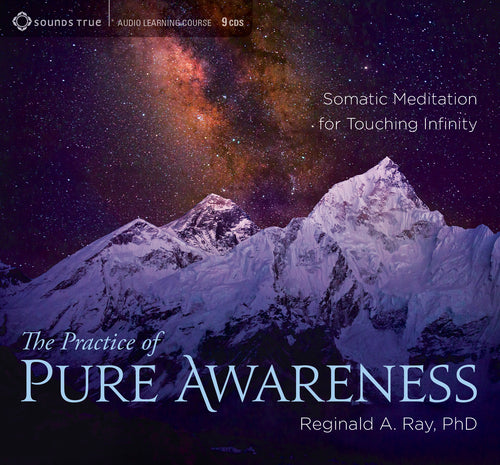It’s easy to hear “spiritual meditation” and “mindfulness” in the same breath, but if you slow down and really sit with these terms, their purpose and feeling tone begin to part ways. One steadies the mind, while the other opens the heart. Together, they create a complete practice anchored in awareness and lifted by devotion.
What Mindfulness Really Means
At its core, mindfulness is the art of being awake to the present moment. Through this practice, we cultivate gentle attention to what arises, like each breath, each sound, and each flicker of thought. Mindfulness asks for no grand effort, only presence. It teaches us to observe without judgment so that experience can unfold naturally. When we sit in stillness and notice the rhythm of the body, mindfulness becomes a doorway to clarity and peace.
What Defines Spiritual Meditation
In spirituality meditation, the focus expands beyond awareness to include communion with something sacred or deeply meaningful. This may be experienced as a sense of connection to the divine, to nature, or to the quiet source of wisdom within yourself. The practice might include repeating a mantra, visualizing light, or offering silent gratitude. Spiritual meditation encourages openness and trust, guiding practitioners toward moments of awe and recognition of life’s deeper rhythm.
How These Practices Coexist
When mindfulness and spiritual meditation are woven together, they form a balanced and transformative path. Mindfulness steadies attention, creating the still ground where the spirit can awaken. Spiritual healing meditation then softens the edges of thought, inviting the heart to rest in compassion and wonder. Through this union, these two practices invite a way of living that is conscious, heartfelt, and connected to the sacred thread that runs through all experience.
How Spiritual Meditation Nurtures the Body, Mind, and Soul
Every practice of spiritual meditation holds the potential to touch all layers of who we are. Through quiet attention and heartfelt presence, we begin to experience healing that reaches the body, steadies the mind, and renews the spirit.
The Body: Finding Calm and Restoration
Through spirituality meditation, the body learns to rest in safety rather than stress. As the breath slows and the muscles soften, the nervous system receives a message of peace. Many practitioners notice subtle changes: shoulders dropping, heartbeats steadying, and a sense of groundedness returning after long days. Over time, this gentle rhythm can help regulate blood pressure and deepen sleep. A few quiet minutes before bed or at sunrise can nurture physical balance and create a refuge from the constant motion of daily life.
The Mind: Creating Space for Clarity
For the mind, spiritual healing meditation serves as a quiet refuge from thought loops and self-criticism. During practice, thoughts are observed, not resisted. This shift in awareness creates space for new patterns rooted in curiosity and kindness. With consistent practice, the mind begins to settle into a natural rhythm of calm alertness. Many find that creative ideas flow more easily, and focus becomes sharper. A few mindful breaths before a meeting or a difficult conversation can bring remarkable clarity.
The Soul: Remembering Your Purpose
In the deeper stillness of spiritual healing meditation, the soul reawakens to connection, the sense that all life moves in harmony. Instead of turning away from the world, this practice invites us to feel our belonging within it. Many describe moments of compassion or spontaneous gratitude arising from within, as though the heart remembers its truest language. The experience can renew purpose, awaken forgiveness, and restore faith in the unseen rhythms that guide us.
Setting an Intention: The Heart of the Practice
Every practice of spiritual meditation begins with a quiet moment of honesty. Setting an intention transforms meditation from a simple exercise into a sacred act of awareness. Through this mindful beginning, you shape the energy of your practice and welcome clarity, compassion, and renewal.
- Begin with stillness: Before you begin, take a few slow breaths and allow your body to soften. This small act of presence creates space for intuition to rise, helping you sense what your heart truly wants to express.
- Listen for what feels genuine: An authentic intention often appears as a quiet knowing rather than a goal. You might notice words like peace, patience, or trust floating to the surface.
- Speak your intention clearly: Whether aloud or silently, voice your intention as a statement of devotion rather than demand. Try phrases such as “May I meet this moment with kindness” or “May I rest in love.” The language itself becomes a thread that connects awareness with purpose.
- Hold your intention lightly: During spiritual healing meditation, allow your intention to rest in the background of your awareness. If the mind begins to wander, gently return to your chosen phrase or feeling, letting it steady your focus without force.
- Carry it beyond the cushion: The truest intention doesn’t end when the meditation closes. You might find yourself naturally pausing before reacting or offering compassion in moments that once felt tense.
- Deepen your practice with guidance: For those wishing to explore further, our spiritual healing courses offer teachings from renowned mentors who share how intention shapes transformation through presence, gratitude, and self-awareness.
Working with Mantra and Sacred Sound
Across traditions, sound has always carried spiritual power and the vibration that bridges the seen and unseen. Within spiritual meditation, sacred sound becomes a language of the heart, helping us quiet the mind and return to presence. Here’s how to bring mantra and sacred sound into your spirituality meditation practice:
- Begin by listening: Before you chant or recite, take a moment to listen to the hum of your breath, the whisper of air, or the sounds surrounding you. This mindful awareness sets the stage for stillness and attunes you to the subtle vibration within you.
- Select a meaningful mantra: A mantra can be ancient or personal. Some choose sacred syllables such as Om or So Hum, while others repeat words like peace or love. Choose what feels genuine to your inner experience.
- Let repetition lead the way: As you softly repeat your mantra aloud or within the mind, let the rhythm settle your awareness. Over time, repetition shapes an inner harmony that quiets distractions and restores balance.
- Notice the vibration: Each sound you speak or think carries resonance through the body. Feel how your chest, throat, or heart responds. In spiritual healing meditation, this awareness becomes a bridge between the physical and the divine.
- Return gently when the mind wanders: When attention drifts, invite your focus back to the sound without judgment. The mantra acts like a steady friend, guiding you back into the moment with warmth and ease.
- Explore sacred teachings: To deepen your experience with sound, explore spirituality books or spiritual healing courses that share wisdom from teachers across traditions. Each offering provides new ways to integrate sound into daily meditation and spiritual growth.
Dealing with Restlessness and Distracting Thoughts
One of the great paradoxes of spiritual meditation is as soon as we close our eyes and settle in, the mind starts running in all directions. If you’ve ever found yourself feeling restless or battling a torrent of thoughts during your practice, know that you’re in good company. These inner interruptions are not a sign that you’re “doing it wrong” but instead, they’re simply a part of being human.
Rather than trying to shove restlessness aside or silence every stray thought, practice befriending them. When a distracting thought arises, notice it with gentle curiosity. You might even silently name it: “planning,” “remembering,” “worrying,” and so on. This act of acknowledgment, without judgment, helps loosen the thought’s grip and brings you back to the present. Each time you return to your point of focus, you’re flexing the very muscle that spiritual meditation strengthens.
Read More




